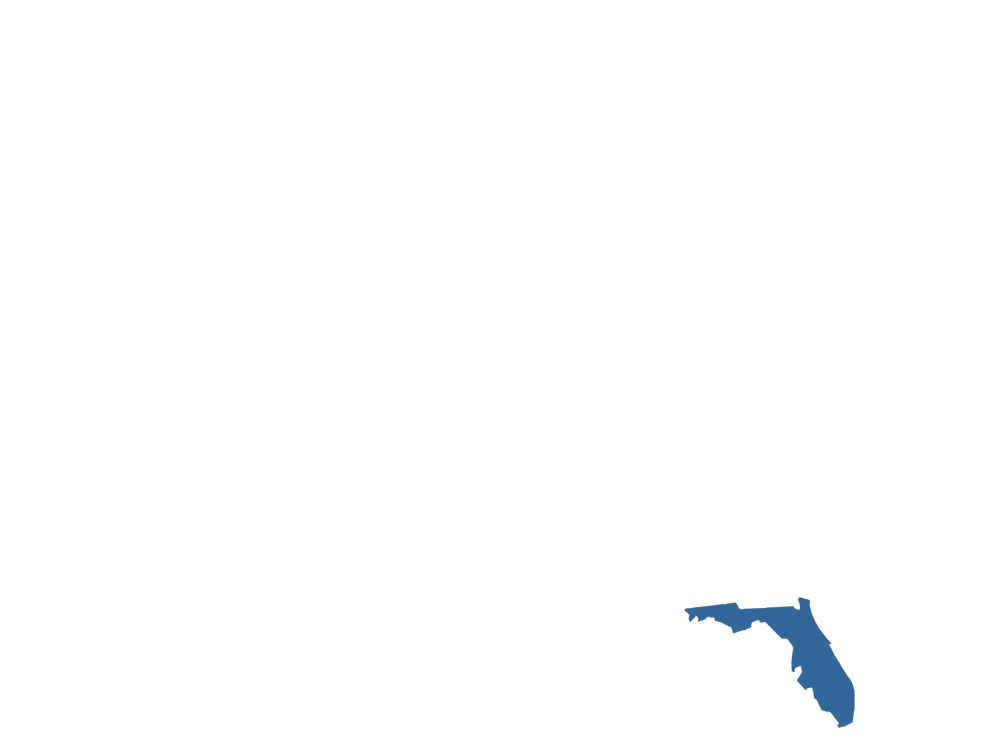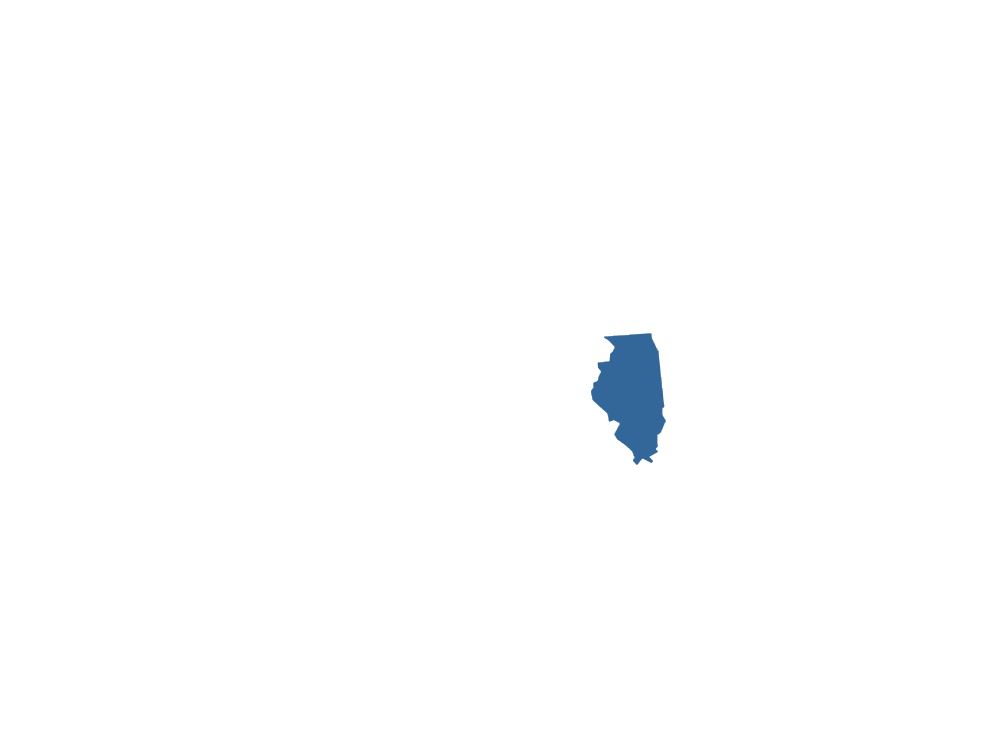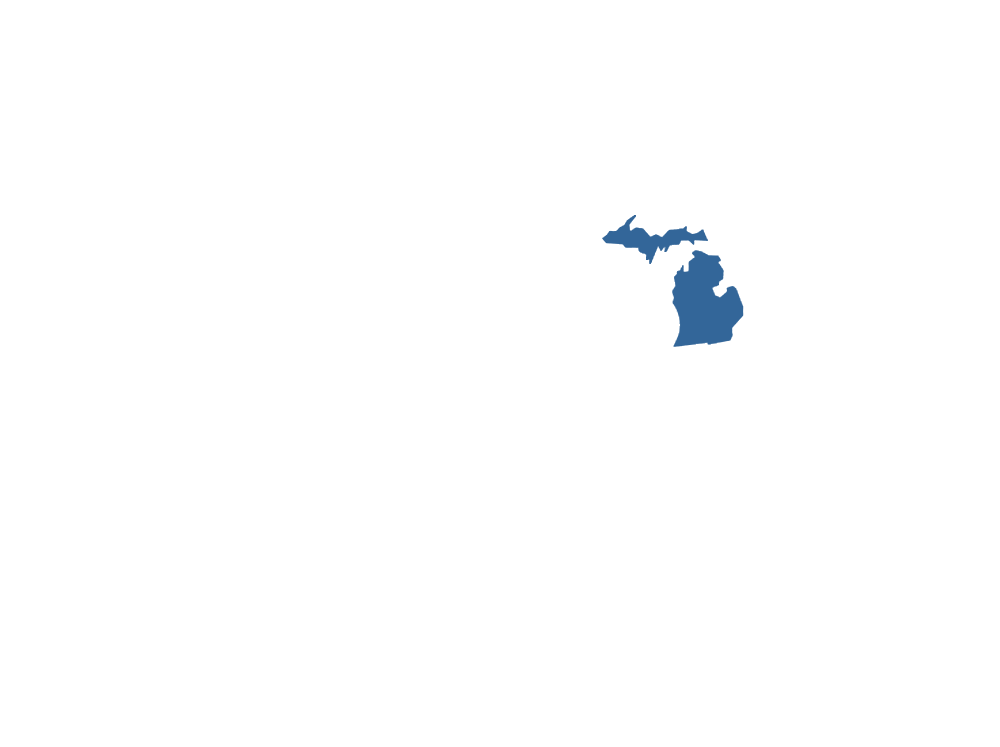Every part of the Unicorn Caterpillar's body is well-adapted to its surroundings. The head and most of the body are brown. Two green segments near the head are separated by a brown band on top. Just after the green segments, a long brown horn grows upward. Another, smaller horn grows closer to the rear end where a white, wishbone-shaped mark sits. Veins, lines, dots, and angles on the body look like the partially dried leaves that it feeds on. Its posture mimics the slight curling a drying leaf might have. It is part of a family of caterpillars that can spray a stream of formic acid, a chemical irritant, from its hump, so be cautious when observing it.
Caterpillars feed for a large part of the year, from spring through fall. When the weather turns colder, they crawl down to the leaf litter on the ground and wrap up in a silky cocoon for the winter. In early spring, they pupate and emerge as adults. They are a common species and not a concern regarding tree health.©CaterpillarIdentification.org
The map above showcases (in blue) the states and territories of North America where the Unicorn Caterpillar may be found (but is not limited to). This sort of data can be useful in seeing concentrations of a particular species over the continent as well as revealing possible migratory patterns over a species' given lifespan. Some species are naturally confined by environment, weather, mating habits, food resources and the like while others see widespread expansion across most, or all, of North America.*NOTE: States/Territories shown above are a general indicator of areas inhabited by the Unicorn Caterpillar. Insects generally go where they please, typically driven by diet, environmental changes, and / or mating habits.
| |
The CaterpillarIdentification.org logo, its written content, and photography are unique to this website (unless where indicated) and is protected by all applicable domestic and international intellectual property laws. The material presented across this site is for entertainment value and should not be construced as usable for scientific research or medical advice (insect bites, etc...) Please consult licensed, degreed professionals for such information. By submitting images to us (CaterpillarIdentification.org) you acknowledge that you have read and understood our as it pertains to "User-Submitted Content". Images can be submitted to caterpillaridentificationorg at gmail.com. No A.I. was used in the generation of this content.
Part of the Insect Identification network of sites that includes , , , and .
©2024 www.CaterpillarIdentification.org • All Rights Reserved • Content ©2019-2024 (5yrs)






















































